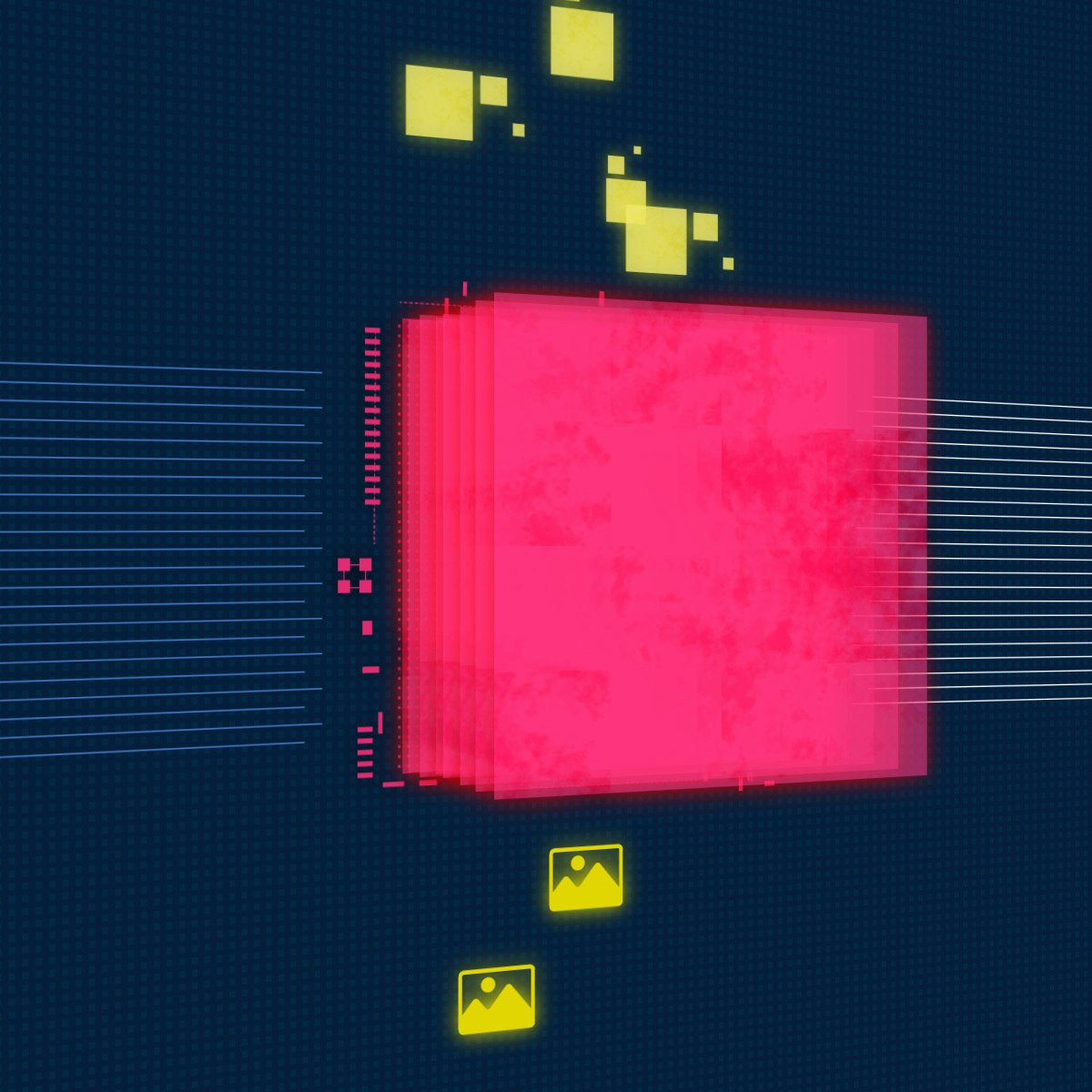Back to Courses









Computer Science Courses - Page 42
Showing results 411-420 of 2309

Data Structures and Performance
How do Java programs deal with vast quantities of data? Many of the data structures and algorithms that work with introductory toy examples break when applications process real, large data sets. Efficiency is critical, but how do we achieve it, and how do we even measure it?
This is an intermediate Java course. We recommend this course to learners who have previous experience in software development or a background in computer science, and in particular, we recommend that you have taken the first course in this specialization (which also requires some previous experience with Java).
In this course, you will use and analyze data structures that are used in industry-level applications, such as linked lists, trees, and hashtables. You will explain how these data structures make programs more efficient and flexible. You will apply asymptotic Big-O analysis to describe the performance of algorithms and evaluate which strategy to use for efficient data retrieval, addition of new data, deletion of elements, and/or memory usage.
The program you will build throughout this course allows its user to manage, manipulate and reason about large sets of textual data. This is an intermediate Java course, and we will build on your prior knowledge. This course is designed around the same video series as in our first course in this specialization, including explanations of core content, learner videos, student and engineer testimonials, and support videos -- to better allow you to choose your own path through the course!

Azure: deploy a Web Server using the Container Registry
In this Guided Project, you will familiarize yourself with the Azure Container Registry, by creating a custom Container Registry to push and pull your own Docker images. You will build images and then run and publish a static web server and a Nextcloud instance, by using Azure Container Instances. You'll learn the basics of the Azure Command Line interface and you will learn how to build an image completely on the cloud.
Note: before taking this Guided Project, if you don't have an Azure subscription yet, please create an Azure Free Trial beforehand at https://portal.azure.com

Artificial Intelligence (AI) Education for Teachers
Today’s learners need to know what artificial intelligence (AI) is, how it works, how to use it in their everyday lives, and how it could potentially be used in their future. Using AI requires skills and values which extend far beyond simply having knowledge about coding and technology.
This course is designed by teachers, for teachers, and will bridge the gap between commonly held beliefs about AI, and what it really is. AI can be embedded into all areas of the school curriculum and this course will show you how.
This course will appeal to teachers who want to increase their general understanding of AI, including why it is important for learners; and/or to those who want to embed AI into their teaching practice and their students’ learning. There is also a unique opportunity to implement a Capstone Project for students alongside this professional learning course.
Macquarie School of Education at Macquarie University and IBM Australia have collaborated to create this course which is aligned to AITSL ‘Proficient Level’ Australian Professional Standards at AQF Level 8.

Cloud Security Basics
This course introduces you to cybersecurity for the cloud. We'll learn and apply classic security techniques to today’s cloud security problems. We start with a deceptively simple and secure web service and address the problems arising as we improve it. We’ll analyze recent cloud security vulnerabilities using standard, systematic techniques. We’ll build our own web service case studies and construct security solutions for them. Our toolkit contains classic security concepts like Least Privilege and Separation of Duty, as well as more technical cryptographic and access control techniques.

Getting started with TensorFlow 2
Welcome to this course on Getting started with TensorFlow 2!
In this course you will learn a complete end-to-end workflow for developing deep learning models with Tensorflow, from building, training, evaluating and predicting with models using the Sequential API, validating your models and including regularisation, implementing callbacks, and saving and loading models.
You will put concepts that you learn about into practice straight away in practical, hands-on coding tutorials, which you will be guided through by a graduate teaching assistant. In addition there is a series of automatically graded programming assignments for you to consolidate your skills.
At the end of the course, you will bring many of the concepts together in a Capstone Project, where you will develop an image classifier deep learning model from scratch.
Tensorflow is an open source machine library, and is one of the most widely used frameworks for deep learning. The release of Tensorflow 2 marks a step change in the product development, with a central focus on ease of use for all users, from beginner to advanced level. This course is intended for both users who are completely new to Tensorflow, as well as users with experience in Tensorflow 1.x.
The prerequisite knowledge required in order to be successful in this course is proficiency in the python programming language, (this course uses python 3), knowledge of general machine learning concepts (such as overfitting/underfitting, supervised learning tasks, validation, regularisation and model selection), and a working knowledge of the field of deep learning, including typical model architectures (MLP/feedforward and convolutional neural networks), activation functions, output layers, and optimisation.

Get Started with Adobe Illustrator
In this project, you will learn how to start using Adobe Illustrator. Adobe Illustrator is a vector-based design program in which you can design anything from logos, symbols, icons, patterns, compositions for posters, web, social media, and any other marketing material you want to create.
You will know the main software tools and their uses to be able to create different arts for marketing purposes. Knowing the basics of graphic design is a great added value to any professional today. You can extend your opportunities in the professional world with the right tools. Today we will be creating a simple logo using the key tools in Adobe Illustrator and you will be able to customize yours.
If you are a creative person and with a lot of desire to do things out of the box this is the pro With the tools that you will learn today you will be able to create any art, get excited!

The Business of Product Management I
Learn to excel in product management roles while learning directly from industry-leading product managers and real-world case studies from Amazon, Intuit, Procter and Gamble, Barnes and Noble, Whole Foods, Google, Twitter, Tesla, Dropbox, Eventbrite, Blue, Samson, Coffee Meets Bagel, Mixpanel, and more!
Featuring expert product manager instructors including:
* NANCY WANG, Head of Data Protection Services, Amazon Web Services; Founder and CEO, Advancing Women in Product
* WAYNE DUSO, Vice President for Edge Computing, File Services, and Data Services, Amazon Web Services
* ARUM KANG, Co-Founder & CEO, Coffee Meets Bagel
* AMIR MOVAFAGHI, CEO, Mixpanel; former Global Head of Business of Operations, Twitter.
Sponsored by AMAZON WEB SERVICES (AWS).
This is the first of four courses in the ACE Recommended Real-World Product Management Specialization. When you complete all four courses, you can earn up to 6 college credits.

Web of Data
This MOOC – a joint initiative between EIT Digital, Université de Nice Sophia-Antipolis / Université Côte d'Azur, and INRIA - introduces the Linked Data standards and principles that provide the foundation of the Semantic web. You will learn how to publish, obtain and use structured data directly from the Web. Learning the principles, languages, and standards to exchange data on the Web will enable you to design and produce new applications, products, and services that leverage the volume and variety of data the Web holds.
We divided this course into four parts that cover the core technical skills and competencies you need to master to be able to use the Web as a space for giant structure data exchange:
• in the first part, “Principals of a Web of Linked Data”: you will learn and practice the principles to publish and obtain data directly on the Web instead of Web pages;
• in the second part, “The RDF Data Model”: you will learn the standard data model for the Web and its syntaxes to publish and link data on the Web in your applications and services;
• in the third part, “SPARQL Query Language”: you will learn how to directly query and access data sources on the Web and obtain structured data relevant to your activity and domain;
• in the fourth and final part, “Integration of other Data Formats and Sources”: you will learn how the Web standards interact and interoperate with other data formats to allow the integration of a variety of data sources.
Each week alternates short videos and quizzes, as well as supplementary resources and forums to gradually progress through the different principles and standards.
After following this course successfully, you will have the skills to obtain focused and structured datasets from the Web that you can then use to augment your own datasets, enrich their dimensions, feed your applications, perform data mining, machine learning, and training, data analysis, AI processing and reasoning and other data management.

Java Testing: An Introduction to TDD
Test Driven Development (TDD) is an industry accepted technique to build Enterprise Applications and enhance quality. This course will introduce a test first approach for the development of Java artifacts and explain the benefits of adopting such a technique

A Simple Picture Storing App with Java and Android Studio
By the end of this project, we are going to learn to create a simple picture storing Andriod application using java and Android studio. We are going to learn how to capture pictures in android and how to store them in local storage. We will also learn how to read the image files from the storage. The prerequisite of this course is to be familiar with working with the Android studio environment and have basic knowledge of Android programming in java. this project is for those who are looking for a simple practice to elevate their knowledge of Android programming.
